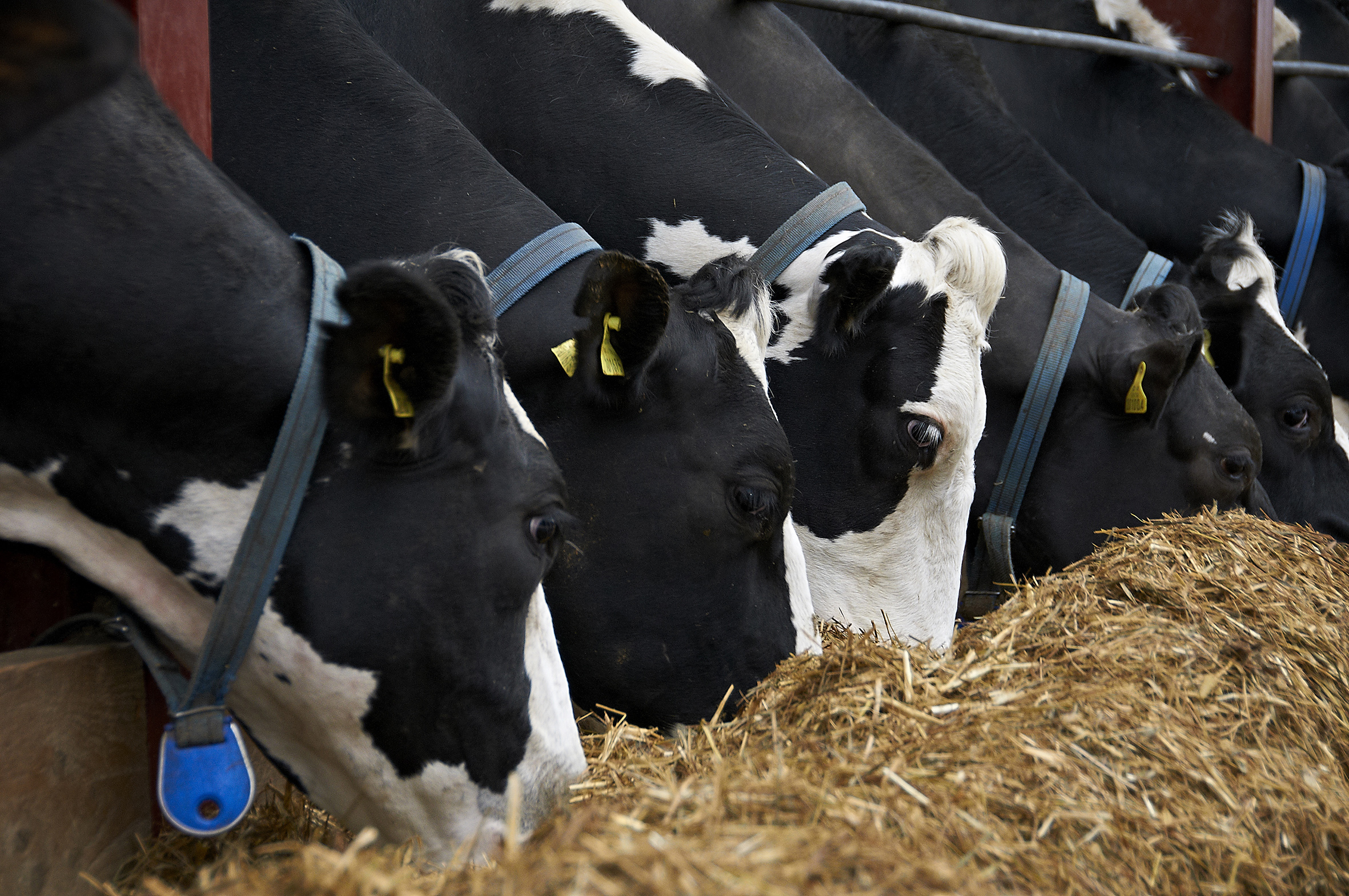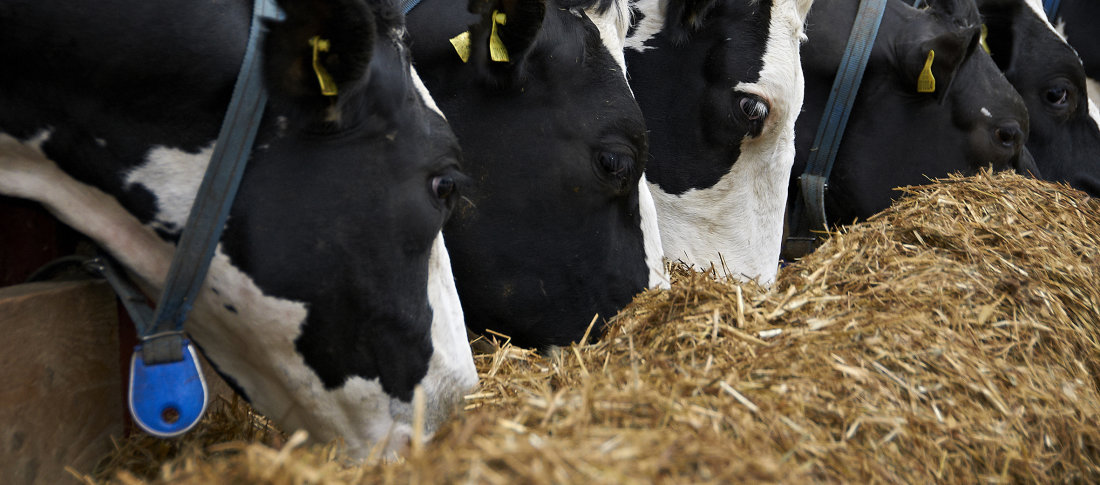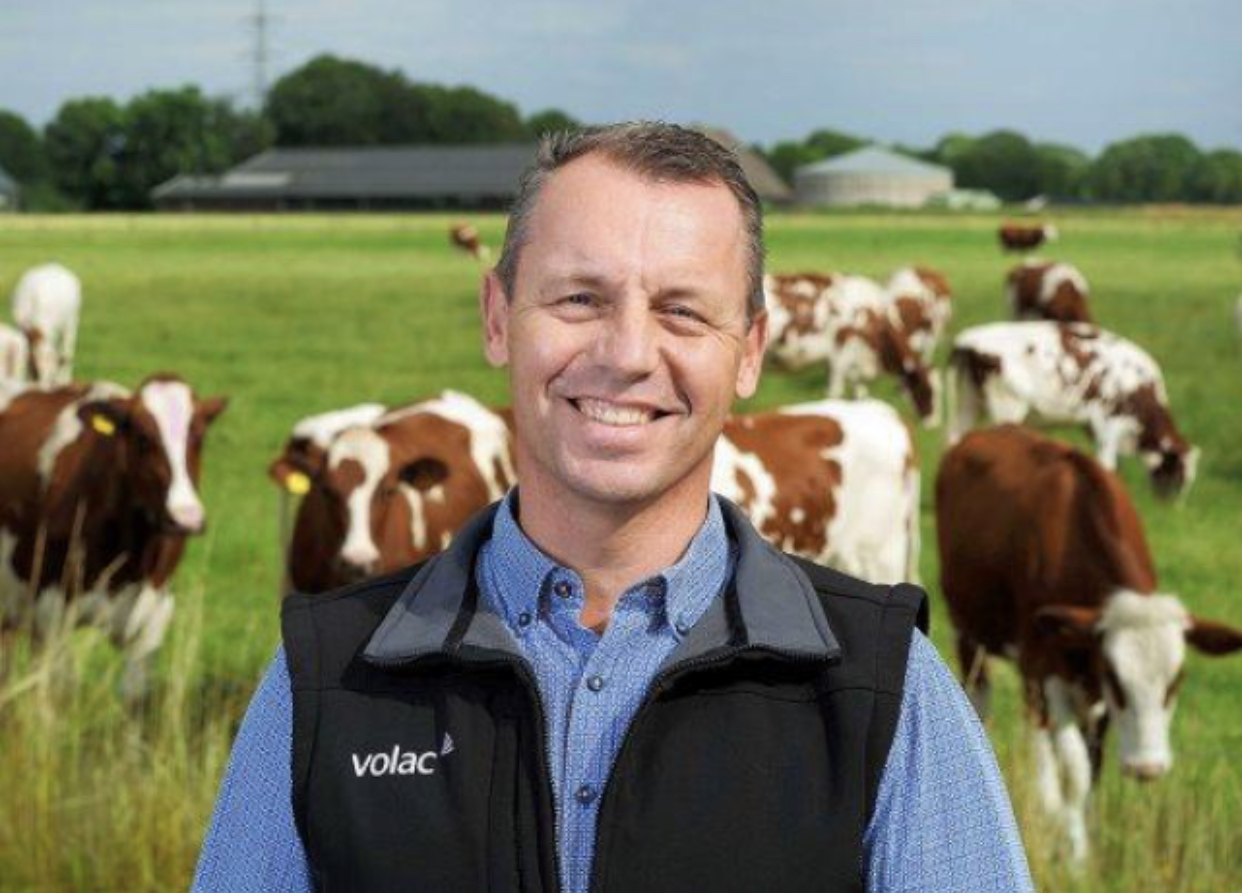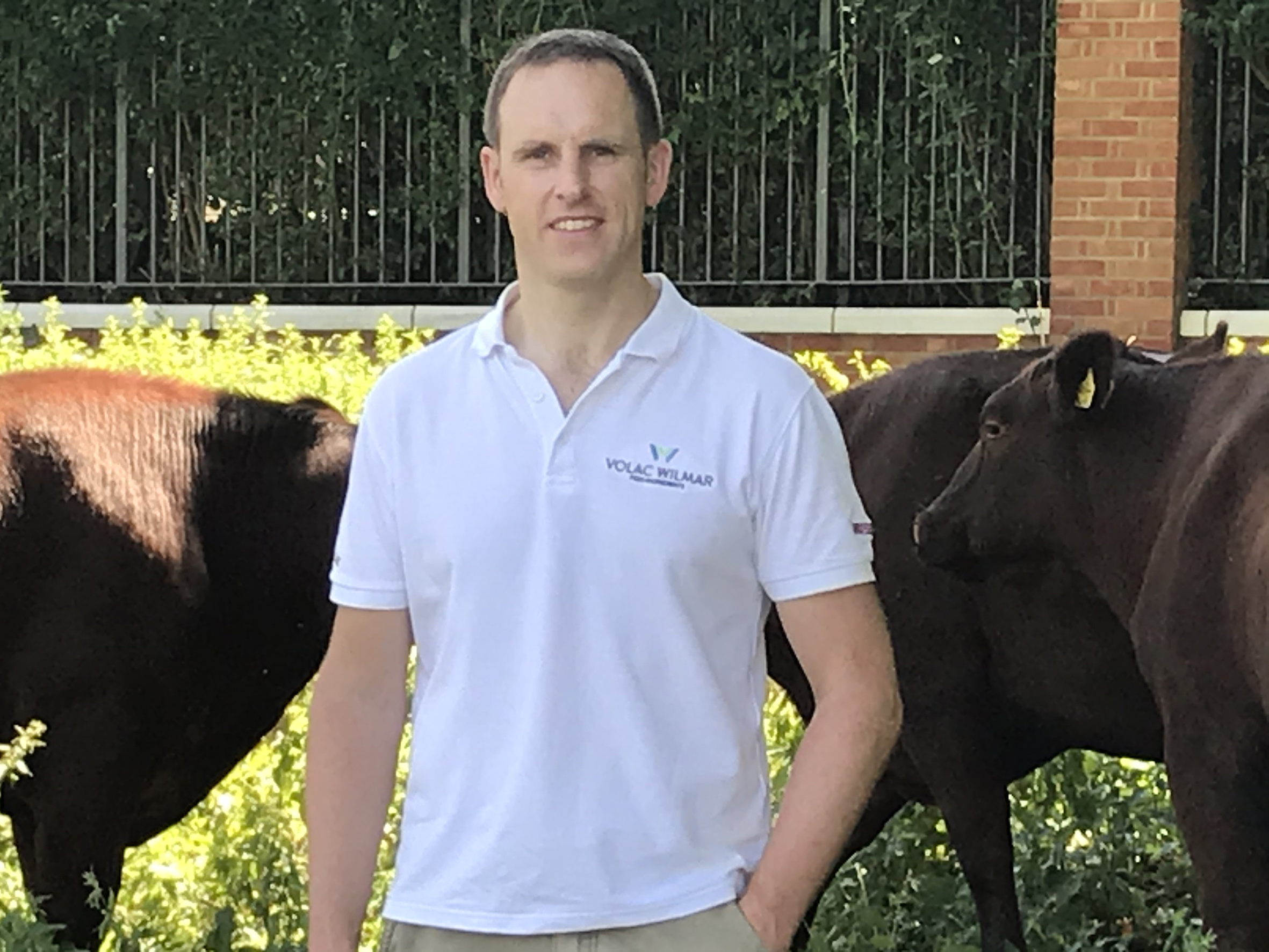Feed efficiency, fertility improvements and milk production contribute to an 83% return on investment when feeding calcium salt rumen-protected fats with milk price at 35ppl on a liquid contract
As dairy producers look to cut down on their cost of production, data from the Feeding Fat Calculator developed by Volac Wilmar Feed Ingredients show there continue to be notable economic benefits to be achieved from including rumen-protected fat supplements in rations.
At a milk spot price of 35ppl, UK dairy farmers can see a return on investment of 49% when feeding a ‘high-C16’ feed fat supplement when on a manufacturing contract, and a return on investment of 83% when feeding a calcium salt feed fat supplement when on a liquid contract. When looking at a spot price of 33ppl, a return of 42% is achieved on a manufacturing contract and a return of 76% on a liquid contract under the same parameters.
Collating cow performance data from research conducted at Michigan State University with current feed prices and milk contracts, the performance-to-financial correlation model allows users to gauge an approximate return on investment when feeding a calcium salt feed fat supplement like the long-established Megalac brand or a ‘high-C16’ supplement like Mega-Fat 88, says Paul Fransen, the model developer and Technical Business Manager for Volac Wilmar Feed Ingredients.
Paul Fransen, Technical Business Manager for Volac Wilmar Feed Ingredients
“When the market pulls back like it has since the beginning of the year, farmers and nutritionists will be looking to re-work rations for cutbacks,” says Mr Fransen. “However, pulling an entire feed ingredient by only looking at the budget sheet can set a farm up for some costly consequences to multiple areas of productivity.”
The multi-purpose benefits of fat supplements
As producers work their way through the tail end of the grazing season and start looking at opening silage clamps for winter rations, fat will be beneficial in meeting energy demands, says Dr Richard Kirkland, ruminant nutritionist and Global Technical Manager for Volac Wilmar Feed Ingredients.
Dr Richard Kirkland, Global Technical Manager for Volac Wilmar Feed Ingredients.
Containing around 2.5-times the energy content of cereals, rumen-protected fats support rumen function and don’t risk overloading the rumen with acid from fermentation of starchy cereal sources of energy, which can lead to milk production disruptions and acidosis.
“This year’s growing season has resulted in forage that is typically lower in energy,” says Dr Kirkland. “Especially for cows in the early lactation period, energy supply must be maximised to maintain body condition. Research indicates conception rates decrease by 10 percent for every 0.5-unit loss in body condition (five-point scale).”
Aside from a concentrated source of energy megajoules, Dr Kirkland says the response to fat supplements will vary according to the blend of fatty acids making up the fat. The supplement most suitable to an individual farm will depend on factors including requirements for milk contract, stage of lactation and the drive for fertility – all contributing towards an economic benefit of fat supplementation.
At a milk price of 35ppl, producers on a manufacturing contract see a total economic benefit of £105.55/cow/year when feeding a ‘high-C16’ feed fat supplement like Mega-Fat 88, and a return of £57.83/cow/year when on a liquid contract. Alternatively, producers feeding a feed fat supplement like Megalac with a more balanced ratio of C16:0 and C18:1 fatty acids see an economic benefit of £127.35/cow/year on a manufacturing contract, which increases to £147.05/cow/year on a liquid contract.
“This is because individual fatty acids impact aspects of milk and cow production differently, making it essential that any fat supplement is selected on the specific fatty acid makeup to optimise a return on investment,” says Dr Kirkland.
The C16:0 fatty acid stimulates partitioning of energy toward milk fat production, which is why its greatest return is typically seen with manufacturing contracts. However, it should be used more cautiously in early lactation rations since the increase in milk output may be at the expense of body condition, which can negatively impact fertility.
While C18:1 will have minimal impact on milk fat production, it instead partitions nutrients towards body condition which will have positive effects on cow fertility, while also aiding in an additional increase of energy supply through improved diet fat digestibility. The C18:1 fatty acids can be delivered with the calcium salt fat supplements with the blend of fatty acids delivering more milk volume and improved fertility.
“When looking for areas to tighten on the budget sheet, avoid pulling anything strictly on the cost without fully investigating what impact it will have on your overall production picture,” concludes Dr Kirkland. “Fat has a much bigger influence on herd profitability than simply increasing energy supply, and allows producers to optimise herd economic output by tailoring fatty acid composition for what will be most beneficial for cow performance and milk contracts.”
To learn more about the Feeding Fat Calculator and to calculate the return on investment of fat supplements in your ration, go to volacwilmarfeedingfats.com.

Data from the Feeding Fat Calculator developed by Volac Wilmar Feed Ingredients show an 83% return on investment when feeding calcium salt rumen-protected fats with milk price at 35ppl on a liquid contract.


